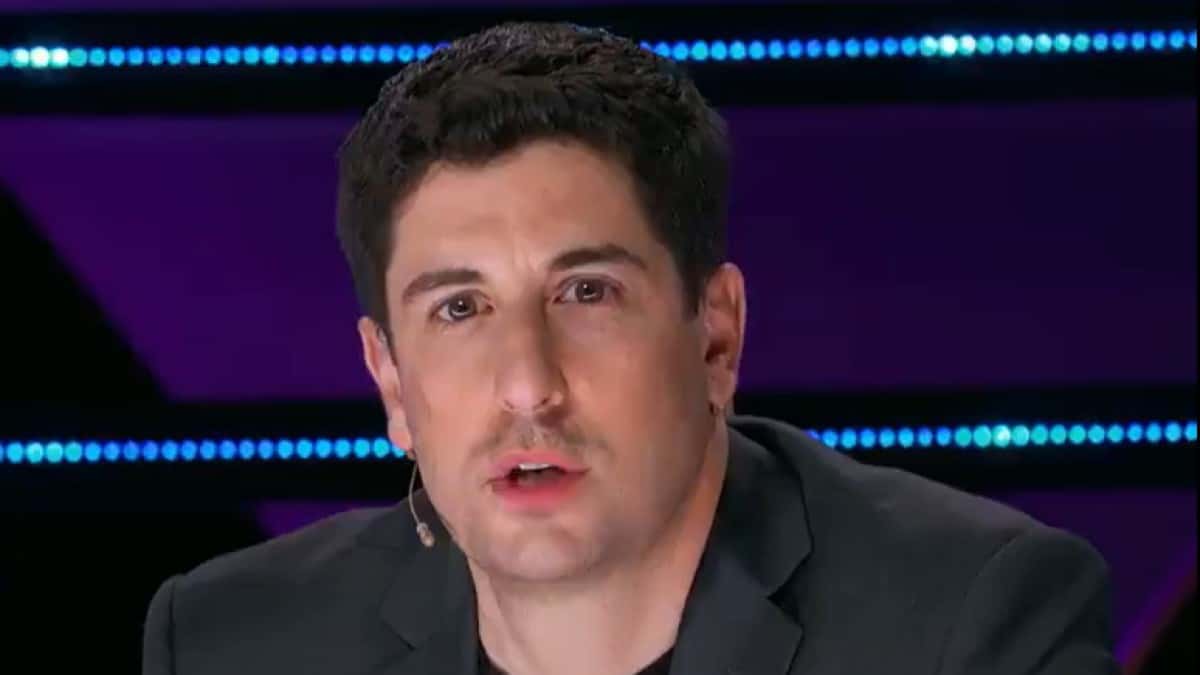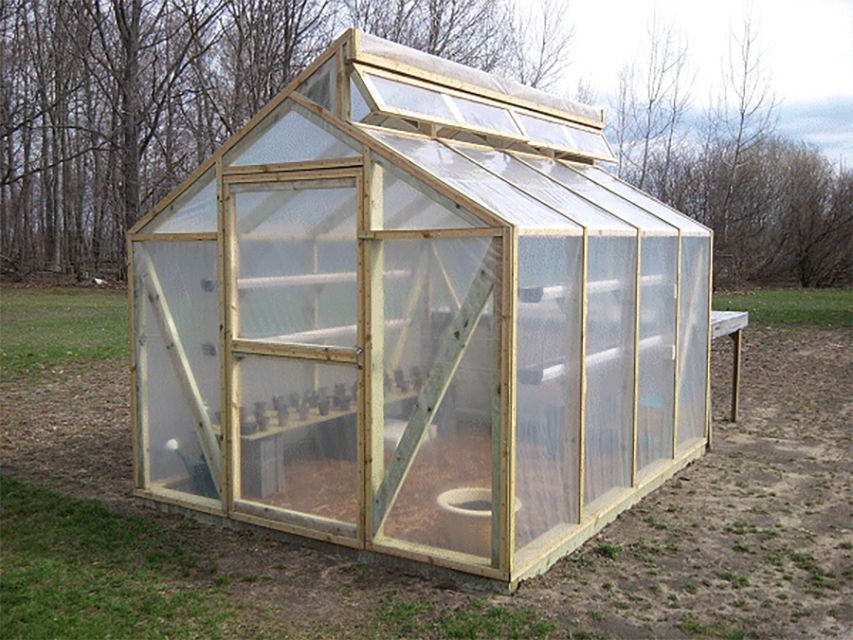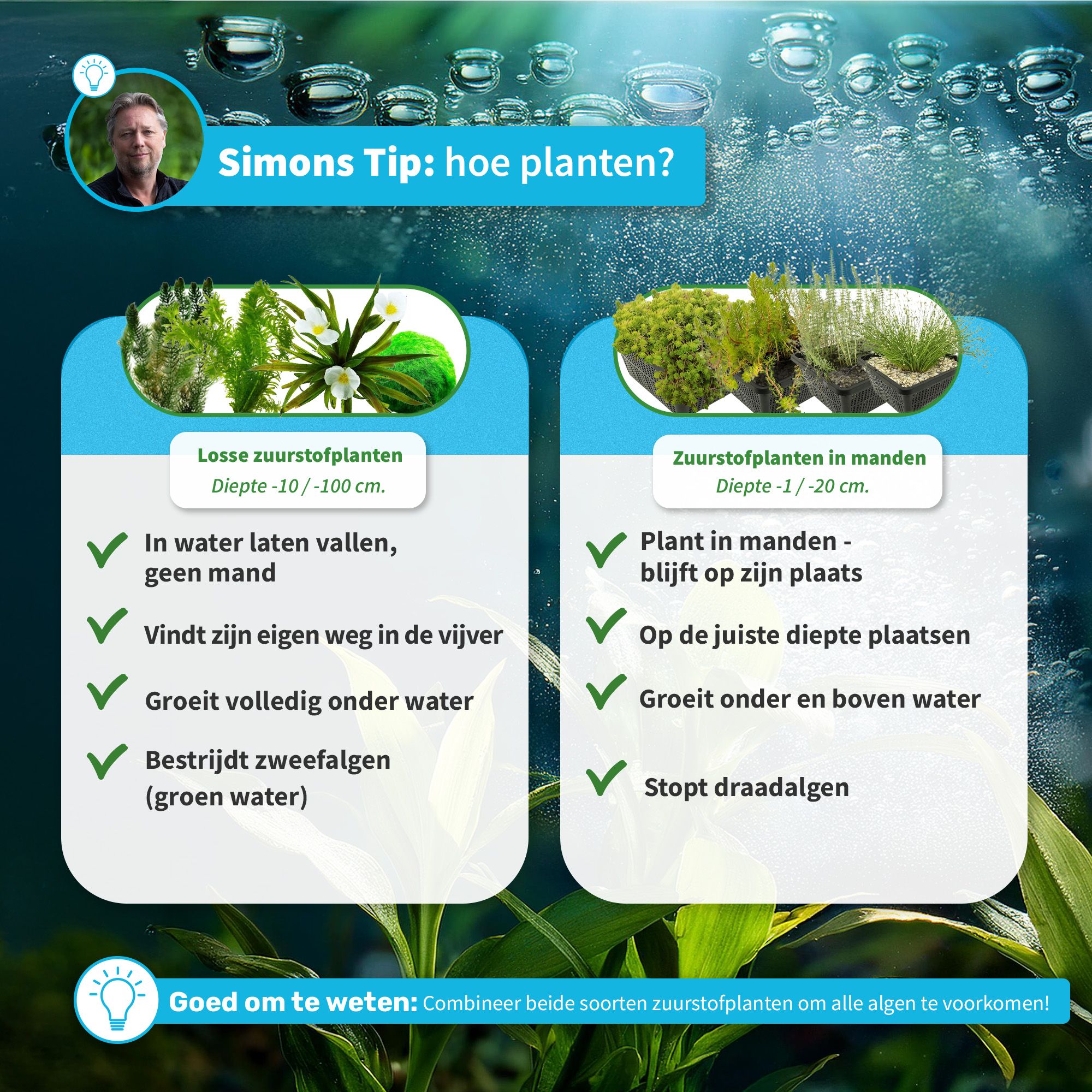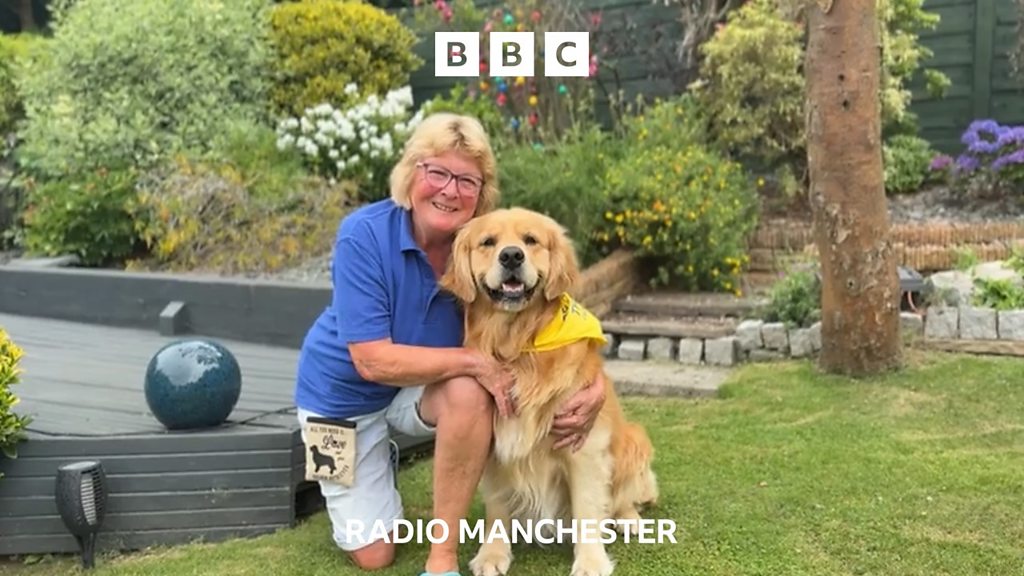Understanding Why Frenchie Killed Colin’s Family: Motives, Consequences, and Redemption in The Boys
Introduction
The captivating television series
The Boys
is renowned for its raw storytelling and complex characters. Among the most intense and discussed narratives in Season 4 is the shocking revelation that Frenchie killed Colin’s family. This article explores the context, motivations, and aftermath of this act, offering a comprehensive look into how it shapes the series and its characters. Readers will find verified details, careful character analysis, and guidance for deeper exploration, based strictly on accessible and authoritative sources.
Background: Who Are Frenchie and Colin?
To understand why Frenchie killed Colin’s family, it’s essential to first grasp the backgrounds of both characters. Frenchie (Serge) is a skilled operative known for his tragic past and deep sense of guilt. Introduced as a member of the Boys, his role often involves violence, but he is shown to be conflicted by his actions. Colin appears in Season 4 as a new love interest for Frenchie, working at the Starlight House. Their relationship is marked by vulnerability, trust, and ultimately, betrayal, when the truth of Frenchie’s past comes to light [1] [2] .
The Motive: Why Did Frenchie Kill Colin’s Family?
The primary reason for Frenchie’s act traces back to his former life as a contract killer working for Nina Namenko , a notorious figure in organized crime. Colin’s mother, a Federal Judge, was actively prosecuting violent crimes and was getting close to exposing Nina’s operations. Fearing exposure, Nina ordered Frenchie to eliminate the threat. This led to Frenchie breaking into Colin’s home and killing his mother, inadvertently causing the deaths of the rest of Colin’s family as well [1] .

Source: emergingrnleader.com
This tragic act was not the result of a personal vendetta but rather Frenchie’s obligation to his employer at the time. His actions were driven by survival instincts and a sense of duty to Nina, rather than malice toward Colin or his family. The series reveals that while Frenchie carried out the order, the consequences left him deeply scarred and wracked with guilt [1] .

Source: digitalbloggers.com
The Revelation and Its Impact
The truth about Colin’s family comes to light in a powerful scene in Season 4, Episode 4, where Frenchie confesses to Colin. The emotional intensity of this moment is heightened by the fact that Frenchie and Colin had developed a close, romantic bond. Colin’s initial reaction is one of horror and rage-he nearly kills Frenchie but ultimately refrains, showing the complexity of his feelings and the weight of the revelation [5] .
The confession not only shatters their relationship but also forces both characters to confront their pain and the realities of violence and redemption. For viewers, this moment underscores the series’ recurring theme: even heroes and antiheroes are haunted by their pasts, and true redemption is a difficult, ongoing process [3] .
Frenchie’s Path to Redemption
After his confession, Frenchie’s journey takes a significant turn. He chooses to turn himself in to the authorities, confessing not only to the murder of Colin’s family but also to other crimes committed during his time with Nina. This act of self-surrender reflects Frenchie’s desire to atone for his past, indicating real character growth and a willingness to face the consequences of his actions [3] .
For individuals seeking guidance on dealing with guilt or seeking redemption, it’s important to recognize that, in real life, such journeys may involve therapy, counseling, and legal steps. Resources for victims and those struggling with trauma are available through mental health professionals, support groups, and legal aid offices. You can search for local mental health services, victim support organizations, or contact national hotlines for confidential assistance.
Accessing Support and Further Information
If you or someone you know is impacted by trauma, guilt, or violence, consider these practical steps:
- Seek Professional Counseling: Licensed therapists can help individuals process guilt and trauma. You may find providers through your primary care physician, employee assistance programs, or by searching for “mental health counseling services” in your area.
- Contact Legal Aid: For those involved in or affected by violent crimes, legal aid societies offer advice and representation. Search for “legal aid” and your city or state to find qualified organizations.
- Join Support Groups: Many communities have support groups for survivors of violence or those struggling with remorse. Local community centers or health departments often maintain directories of such resources.
- Utilize National Hotlines: In the United States, you can reach the National Suicide Prevention Lifeline at 988 or the Crisis Text Line by texting HOME to 741741 for confidential help.
When searching for support, use official organization names and verify their legitimacy through trusted sources like government health departments or established nonprofits. Avoid unverified websites and consult your healthcare provider when in doubt.
Real-World Reflections: Violence, Accountability, and Moving Forward
The Boys
uses Frenchie’s story to illustrate the devastating consequences of violence and the complexities of moral accountability. In real life, individuals involved in criminal acts-whether as victims or perpetrators-must navigate a range of emotional, legal, and social challenges. Recovery and redemption often require time, support, and, in some cases, facing legal consequences.
If you’re interested in criminal justice reform, trauma recovery, or mental health advocacy, consider volunteering with or researching organizations in these fields. For verified information, look for established nonprofits, government agencies, and academic institutions specializing in these topics.
Alternative Approaches: How Stories Like Frenchie’s Can Inspire Change
Fictional narratives like Frenchie’s can foster empathy and understanding around difficult topics such as trauma, remorse, and forgiveness. Viewers and readers may find inspiration to address their own challenges, seek help, or support others in need. Educational programs, workshops, and community initiatives focused on conflict resolution and restorative justice offer alternative pathways for individuals to find closure and healing.
If interested in these approaches, you can search for “restorative justice programs,” “community mediation services,” or “trauma-informed care” in your locality. Official government websites, such as those associated with the Department of Health and Human Services or local community colleges, often provide directories and educational materials on these topics.
Key Takeaways
- Frenchie killed Colin’s family under orders from Nina Namenko, a criminal employer, after Colin’s mother, a Federal Judge, threatened Nina’s operations.
- The act was revealed in Season 4, Episode 4, leading to a rupture in Frenchie and Colin’s relationship and prompting Frenchie’s journey toward self-forgiveness and legal accountability.
- Redemption and healing are possible but require honesty, accountability, and often professional support.
- For real-life assistance, consult verified mental health, legal, and support resources using official names and channels.
References
MORE FROM hotondeals.com













